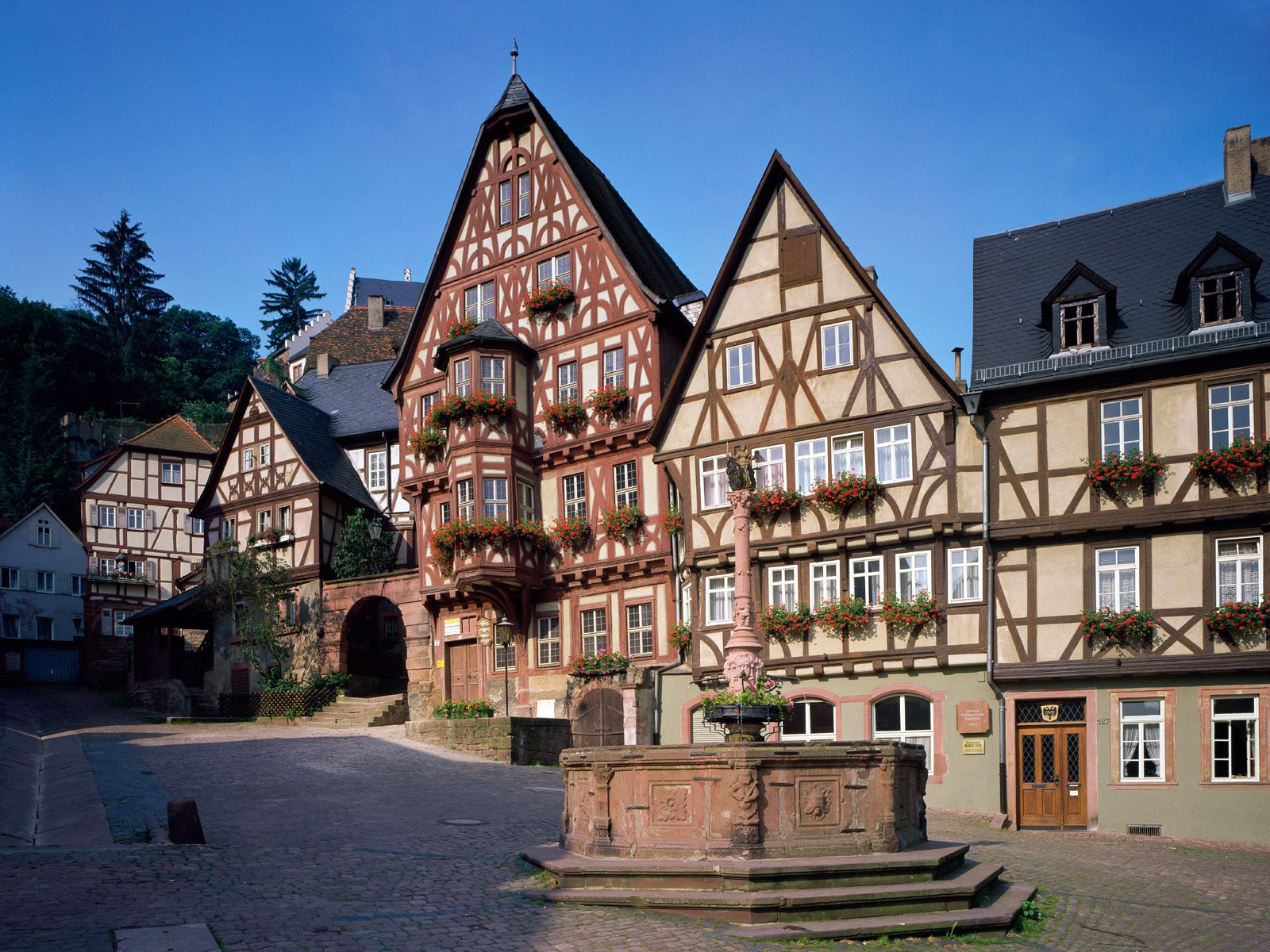Global Travel Information
Pantanal, Brazil
The Pantanal: Brazil’s Untamed Wilderness
Nestled in the heart of South America, the Pantanal is one of the world’s largest and most biodiverse tropical wetlands. Spanning over 140,000 square kilometers across Brazil, Bolivia, and Paraguay, the Brazilian Pantanal alone covers an area roughly the size of Portugal. Unlike the dense Amazon rainforest, the Pantanal’s open landscapes offer unparalleled wildlife visibility, making it a paradise for nature enthusiasts, researchers, and photographers.
A Unique Ecosystem
The Pantanal is a seasonal floodplain, where annual rains transform the land into a vast, shimmering mosaic of lagoons, rivers, and marshes. From November to March, heavy rainfall causes the Paraguay River and its tributaries to overflow, submerging nearly 80% of the region. This cyclical flooding creates a dynamic habitat that supports an extraordinary variety of flora and fauna.
Unlike the Amazon, where dense foliage often obscures wildlife, the Pantanal’s open terrain allows for clear sightings of jaguars, capybaras, giant otters, and hundreds of bird species. The region’s nutrient-rich waters also sustain thriving fish populations, attracting caimans, anacondas, and countless migratory birds.
Wildlife Wonderland
The Pantanal is often called "the Serengeti of South America" due to its staggering wildlife concentrations. Among its most iconic residents is the jaguar (Panthera onca), the largest big cat in the Americas. The Pantanal boasts the highest density of jaguars in the world, particularly along the Cuiabá and Paraguay Rivers. Tourists flock to the region for jaguar-watching excursions, where sightings are almost guaranteed during the dry season (May to October).
Another star of the Pantanal is the giant otter (Pteronura brasiliensis), an endangered species that thrives in the region’s waterways. These social, vocal creatures can grow up to six feet long and are often seen hunting fish in family groups.
Birdwatchers are equally enchanted by the Pantanal’s avian diversity. Over 650 bird species have been recorded here, including the striking hyacinth macaw (Anodorhynchus hyacinthinus), the world’s largest flying parrot. Other notable species include the jabiru stork, the toco toucan, and the elusive harpy eagle.
Conservation Challenges
Despite its ecological significance, the Pantanal faces mounting threats. Deforestation, agricultural expansion, and illegal mining encroach on its fragile ecosystems. Fires, often set intentionally to clear land for cattle ranching, have devastated vast areas in recent years. In 2020, wildfires burned nearly 30% of the Pantanal, causing unprecedented damage to wildlife and habitats.
Climate change exacerbates these risks, altering rainfall patterns and prolonging droughts. Reduced water levels disrupt fish migrations, affecting predators like jaguars and caimans that rely on them for food. Conservationists warn that without urgent action, the Pantanal’s biodiversity could suffer irreversible losses.
Sustainable Tourism: A Path Forward
Ecotourism has emerged as a vital tool for protecting the Pantanal. Responsible travel generates income for local communities while promoting conservation awareness. Lodges and tour operators adhere to sustainable practices, minimizing environmental impact and supporting research initiatives.
Visitors can explore the Pantanal through guided safaris, boat tours, and horseback rides, all designed to respect wildlife and habitats. By choosing ethical operators, travelers contribute directly to conservation efforts, ensuring that future generations can experience this natural wonder.
Cultural Richness
Beyond its wildlife, the Pantanal is home to the pantaneiros, traditional cowboys who have adapted to the region’s harsh conditions for centuries. Their knowledge of the land is unparalleled, and many now work as guides, sharing their expertise with visitors. Indigenous communities, such as the Guató and Terena, also inhabit the region, preserving ancient traditions tied to the wetland’s rhythms.

Conclusion
The Pantanal is a testament to nature’s resilience and beauty. Its vast wetlands, teeming with life, offer a rare glimpse into an untouched world. Yet, its survival hinges on global awareness and sustainable practices. Whether as a traveler, scientist, or advocate, everyone has a role in safeguarding this irreplaceable wilderness.
For those who venture into the Pantanal, the experience is transformative—a reminder of our planet’s wonders and the urgent need to protect them.
相关文章
- Elbe River Guide: Top Scenic Spots to Visit in 2025
- Best Time to Visit Elbe River: Seasonal Tips for Travelers
- Elbe River Cruise Routes: From Hamburg to Dresden
- Elbe River Hiking Trails: Scenic Paths Along the Waterway
- Elbe River Length & Source: Key Geographic Facts
- Cities Along Elbe River: Must-See Destinations in Germany
- Elbe River Historical Significance: Key Events Through Time
- Elbe River Water Level Today: Real-Time Updates for Boaters
- Elbe River Cycling Routes: Explore by Bike This Year
- Elbe River Wildlife Watching: Where to Spot Birds & Animals
发表评论
评论列表
- 这篇文章还没有收到评论,赶紧来抢沙发吧~


